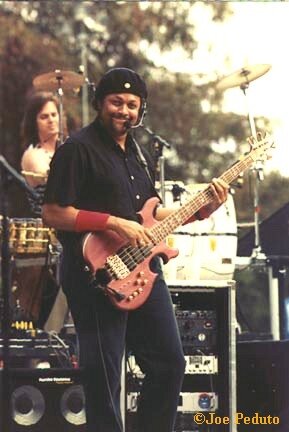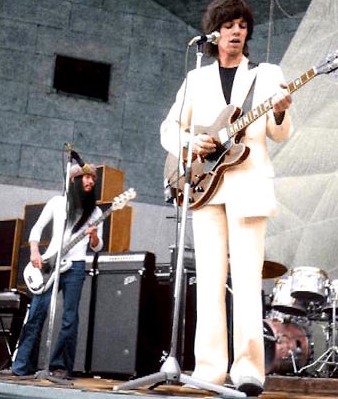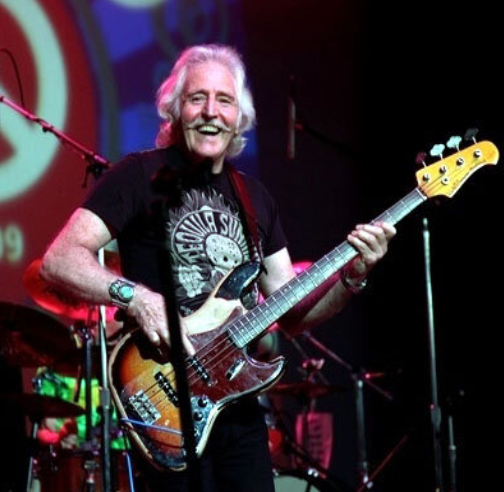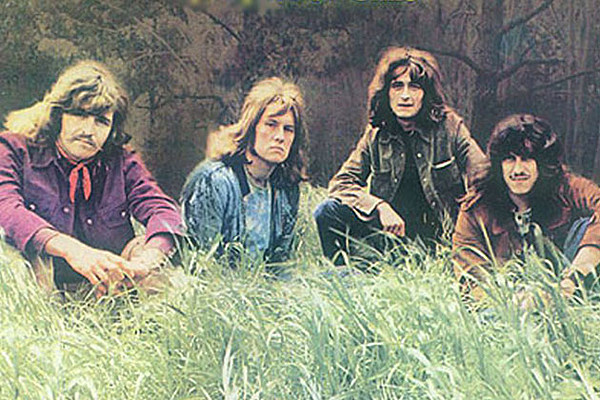Paul Chambers (Miles Davis, John Coltrane)
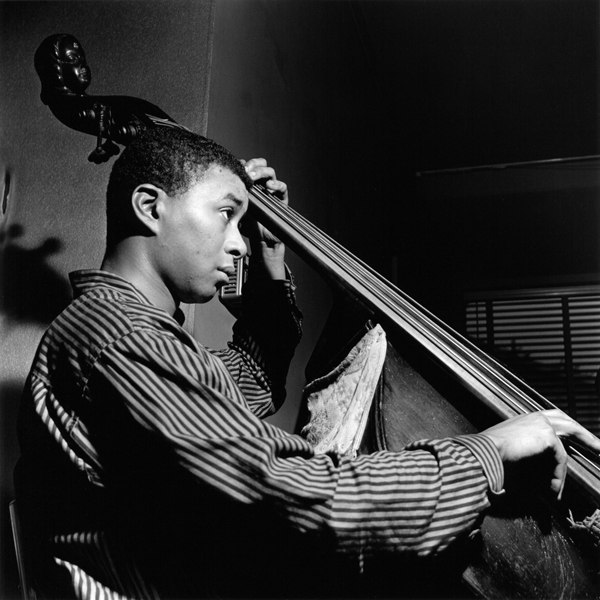
Courtesy of Blue Note Com
He rendered one of the most recognizable bass motifs in jazz history “So What.”
“Mr. P.C.” was a player whose bass-lines danced as he bridged be-bop and modal jazz with uncanny flexibly. In a career which spanned a mere 15 years, Paul Chambers’ impact on modern jazz is incalculable. If it were only for his masterful work on Miles’ Kind of Blue (1959) Paul would be considered an icon nonetheless.
With influences ranging from Charlie Parker to Charles Mingus, Chambers boundlessly extended the role of the bass with harmonic forays which redefined the instrument beyond its function as a timekeeper. Chambers was a major catalyst in landmark recordings by Davis, John Coltrane – including Giant Steps (1960), Cannonball Adderley, Kenny Burrell, Gil Evans, Wynton Kelly, Wes Montgomery, Red Garland, Lee Morgan, Art Pepper, and Bill Evans to cite a very few.
In addition to being one of the most in-demand jazz session players of his era, equally enthralling is Paul’s solo and collaborative canon on Blue Note, among other labels, wherein Chambers helmed recordings with many of his former bandleaders on the sessions. Paul Chambers early passing at age 33 in 1969 left a tremendous void in the art-form that is American jazz.
Paul Chambers Sound & Vision…
Miles Davis “So What” https://youtu.be/ylXk1LBvIqU
John Coltrane “Giant Steps” https://youtu.be/KwIC6B_dvW4
Paul Chambers Quintet “Softly As In a Morning Sunrise” https://youtu.be/EzVy-Y0zaXY
